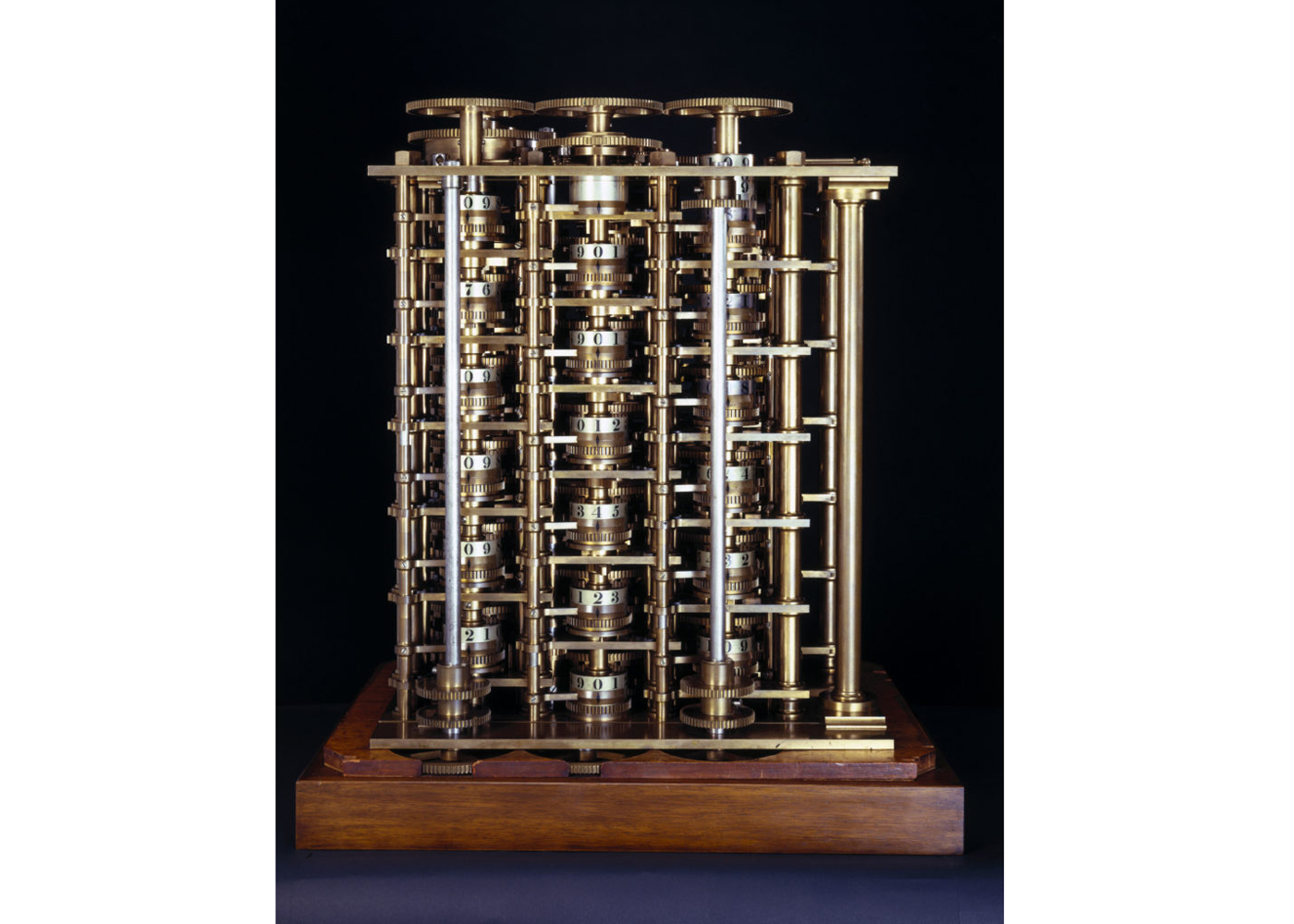The Babbage Difference Engine #2
A Difference Engine is a mechanical calculator designed to automatically compute and print mathematical tables, specifically focusing on polynomial functions. It was conceived by Charles Babbage in the 1820s, based on the mathematical principle of finite differences. While Babbage never fully completed his Difference Engine, his designs and the work of others demonstrated its potential for automating complex calculations and producing accurate tables used in fields like navigation and astronomy.
- Automatic Calculation: The Difference Engine was designed to automatically calculate and print tables of values for polynomial functions, eliminating the need for manual computation and reducing the risk of human error, according to the Science Museum.
- Finite Differences: The engine operated based on the method of finite differences, which relies on repeated addition to solve polynomials, making it suitable for mechanical implementation.
- Mechanical Construction: The Difference Engine was a complex mechanical device, consisting of thousands of gears, levers, and other parts.
- Storage and Printing: It included features like temporary data storage and the ability to print its results, both on paper and into a mold for printing plates, says Britannica Kids.
- Precursor to Modern Computers: Although a mechanical device, the Difference Engine represented a significant step towards the development of modern computers. It demonstrated the potential of automating complex calculations and introduced concepts like data storage and output.
- Addressing Human Error: The engine was designed to address the problem of human error in producing mathematical tables, which were crucial for navigation, astronomy, and other scientific fields.
- Historical Context: The Difference Engine was a product of its time, reflecting the advancements in engineering and the growing need for automated computation in the 19th century.
- Limited Adoption: While Babbage’s designs were influential, the full-scale Difference Engine was never completed due to construction challenges and funding issues. However, other versions were built by individuals like Georg and Edvard Scheutz.
- In essence, the Difference Engine was a revolutionary idea that paved the way for modern computing by automating mathematical calculations and introducing key concepts that would later be incorporated into electronic computers. The Computer History Museum notes.
Charles Babbage’s difference engines
Charles Babbage began to construct a small difference engine in c. 1819 and had completed it by 1822 (Difference Engine 0). He announced his invention on 14 June 1822, in a paper to the Royal Astronomical Society, entitled “Note on the application of machinery to the computation of astronomical and mathematical tables”. This machine used the decimal number system and was powered by cranking a handle. The British government was interested, since producing tables was time-consuming and expensive and they hoped the difference engine would make the task more economical.
In 1823, the British government gave Babbage £1700 to start work on the project. Although Babbage’s design was feasible, the metalworking techniques of the era could not economically make parts in the precision and quantity required. Thus the implementation proved to be much more expensive and doubtful of success than the government’s initial estimate. According to the 1830 design for Difference Engine No. 1, it would have about 25,000 parts, weigh 4 tons,and operate on 20-digit numbers by sixth-order differences. In 1832, Babbage and Joseph Clement produced a small working model (one-seventh of the plan), which operated on 6-digit numbers by second-order differences.Lady Byron described seeing the working prototype in 1833: “We both went to see the thinking machine (or so it seems) last Monday. It raised several Nos. to the 2nd and 3rd powers, and extracted the root of a Quadratic equation.” Lady Byron’s daughter Ada Lovelace would later become fascinated with and work on creating the first computer program intended to solve Bernoulli’s equation utilizing the difference engine. Work on the larger engine was suspended in 1833.
By the time the government abandoned the project in 1842,Babbage had received and spent over £17,000 on development, which still fell short of achieving a working engine. The government valued only the machine’s output (economically produced tables), not the development (at unpredictable cost) of the machine itself. Babbage refused to recognize that predicament. Meanwhile, Babbage’s attention had moved on to developing an analytical engine, further undermining the government’s confidence in the eventual success of the difference engine. By improving the concept as an analytical engine, Babbage had made the difference engine concept obsolete, and the project to implement it an utter failure in the view of the government.
The incomplete Difference Engine No. 1 was put on display to the public at the 1862 International Exhibition in South Kensington, London.
Babbage went on to design his much more general analytical engine, but later designed an improved “Difference Engine No. 2” design (31-digit numbers and seventh-order differences), between 1846 and 1849. Babbage was able to take advantage of ideas developed for the analytical engine to make the new difference engine calculate more quickly while using fewer parts source

